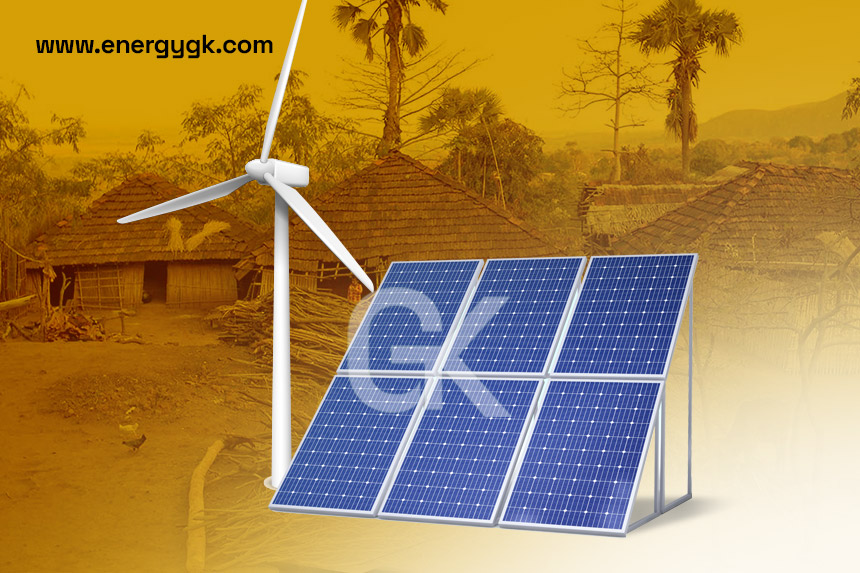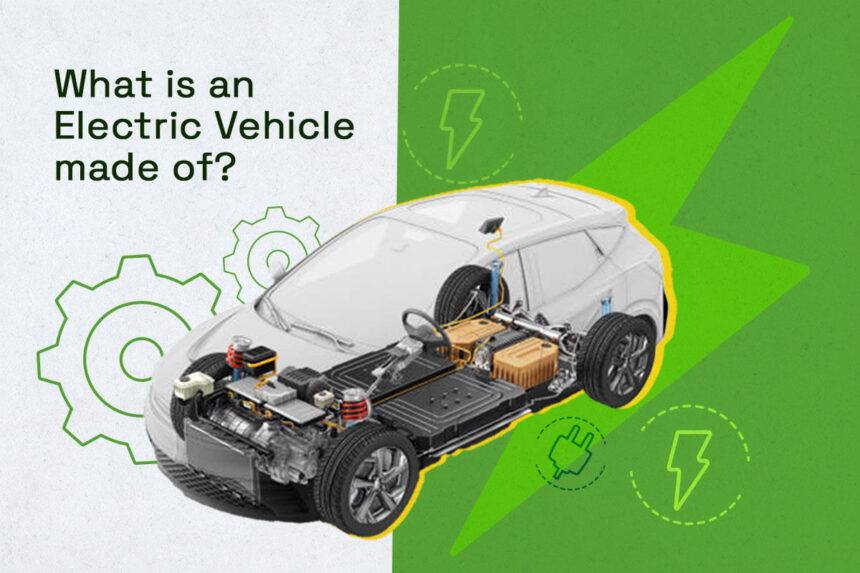Introduction
Access to reliable and affordable energy is a fundamental requirement for socio-economic development. However, many rural and remote communities around the world still lack access to electricity and clean cooking fuels. This article aims to explore the challenges faced by these communities and the sustainable energy solutions that can help address their energy needs effectively.
Importance of Energy Access
Energy access plays a vital role in improving the quality of life and enabling economic opportunities in rural and remote areas. It enhances education by providing lighting for schools and enables healthcare facilities to operate effectively. Furthermore, access to energy facilitates productive activities, such as agriculture and small-scale industries, which can contribute to poverty reduction and overall community development.
Challenges
Delivering sustainable energy to rural and remote communities comes with various challenges. The first major challenge is the lack of infrastructure, including electricity grids and transportation networks. These areas often have limited connectivity, making it difficult to establish conventional energy systems. Additionally, the cost of extending existing energy infrastructure to these remote locations can be prohibitively high.
Sustainable Energy Solutions
To overcome the challenges of energy access in rural and remote communities, sustainable energy solutions are gaining momentum. These solutions focus on harnessing local renewable energy resources and promoting energy efficiency. Let’s explore some of the key sustainable energy options:
1. Solar Energy
Solar energy is one of the most viable options for rural and remote communities. It involves capturing the sun’s energy through photovoltaic (PV) panels and converting it into electricity. Solar power systems can be installed at individual households or in the form of community-based solar microgrids, providing a decentralized and reliable source of electricity.
2. Wind Energy
In areas with consistent wind patterns, wind energy can be an excellent source of sustainable power. Wind turbines convert the kinetic energy of wind into electricity, which can be utilized locally or fed into the grid. Wind farms can be established in remote regions to provide clean energy access to multiple communities simultaneously.
3. Biomass Energy
Biomass energy utilizes organic materials such as agricultural residues, wood, and animal waste to generate heat and electricity. In rural areas where these resources are abundant, biomass energy can be an environmentally friendly alternative to fossil fuels. Biomass cookstoves can also replace traditional cooking methods, reducing indoor air pollution and improving health outcomes.
4. Hydropower
Hydropower involves harnessing the energy of flowing or falling water to generate electricity. It can be harnessed through large-scale hydroelectric dams or small-scale run-of-river systems. In regions with rivers or streams, hydropower can provide a consistent and reliable source of energy.
5. Mini-Grid Systems
Mini-grid systems are localized electricity distribution networks that serve a cluster of households or communities. These systems can combine various renewable energy sources and energy storage technologies to provide a reliable power supply. Mini-grids are particularly useful in remote areas where grid extension is not feasible or cost-effective.
6. Energy Storage
Energy storage technologies, such as batteries and pumped hydro storage, play a crucial role in enabling reliable and uninterrupted power supply. These technologies store excess energy generated during periods of high production and release it when the demand is high or renewable generation is low.
Energy storage enhances the efficiency and reliability of renewable energy systems by addressing the intermittent nature of renewable sources like solar and wind. It ensures a steady supply of electricity, even during periods of low renewable energy generation or high demand.
7. Policy and Financial Support
Effective policies and financial support mechanisms are essential to accelerate the deployment of sustainable energy solutions in rural and remote communities. Governments can establish supportive regulatory frameworks, incentives, and subsidies to attract private investments in renewable energy projects. Access to financing options, microcredit facilities, and innovative funding models can also make clean energy technologies more accessible to these communities.
8. Community Engagement
Successful implementation of sustainable energy solutions requires active community engagement and participation. It is crucial to involve local communities in the decision-making process, understand their energy needs and preferences, and provide them with the necessary technical training and capacity building. Empowering communities to take ownership of energy projects can foster long-term sustainability and ensure the solutions align with their specific requirements.
9. Case Studies
Several successful case studies demonstrate the positive impact of delivering sustainable energy to rural and remote communities. For instance, the Barefoot College in India has been empowering rural women to become solar engineers, enabling them to install and maintain solar energy systems in their villages. The Grameen Shakti initiative in Bangladesh has installed thousands of solar home systems, improving access to clean and affordable electricity in remote areas.
10. Benefits of Sustainable Energy
The adoption of sustainable energy solutions in rural and remote communities brings numerous benefits. Firstly, it reduces reliance on fossil fuels, leading to a significant reduction in greenhouse gas emissions and mitigating climate change. Secondly, it improves the overall well-being of communities by providing reliable electricity for lighting, education, healthcare, and productive activities. Additionally, sustainable energy solutions contribute to local economic development by creating job opportunities in the renewable energy sector and reducing energy costs for households and businesses.
Conclusion
Delivering sustainable energy to rural and remote communities is crucial for their development and well-being. By harnessing renewable energy sources such as solar, wind, biomass, and hydropower, combined with innovative mini-grid systems and energy storage technologies, we can overcome the challenges of energy access. It requires a collaborative approach involving governments, communities, and financial institutions to create supportive policies, provide financial incentives, and empower local communities. By ensuring sustainable energy access, we can contribute to a more equitable and environmentally conscious future.
FAQs (Frequently Asked Questions)
1. How does sustainable energy benefit rural and remote communities?
Sustainable energy provides reliable electricity for lighting, education, healthcare, and productive activities in rural and remote areas. It reduces reliance on fossil fuels, creates job opportunities, and lowers energy costs for households and businesses.
2. Which renewable energy source is most suitable for remote regions?
The suitability of renewable energy sources depends on the local resource availability. Solar and wind energy are often viable options, but biomass and hydropower can also be advantageous in specific regions.
3. How can community engagement contribute to sustainable energy projects?
Community engagement ensures that sustainable energy solutions align with the specific needs and preferences of local communities. It fosters ownership, sustainability, and long-term success of energy projects.
4. What role does energy storage play in sustainable energy systems?
Energy storage technologies enable the reliable and uninterrupted power supply by storing excess energy and releasing it when needed. They address the intermittent nature of renewable sources like solar and wind.
5. How can governments support sustainable energy in rural areas?
Governments can establish supportive policies, regulations, incentives, and subsidies to attract private investments in renewable energy projects. They can also provide financing options and microcredit facilities to make clean energy technologies more accessible.







